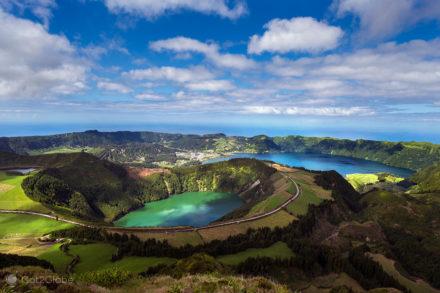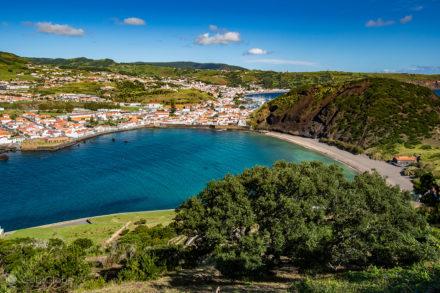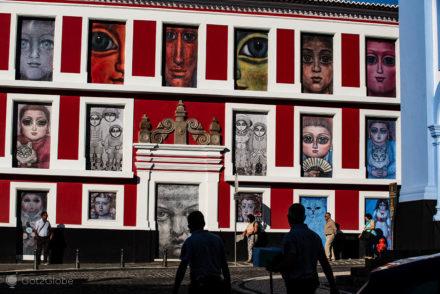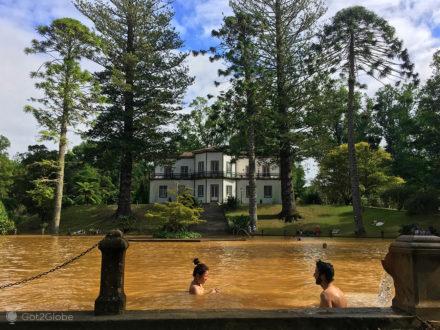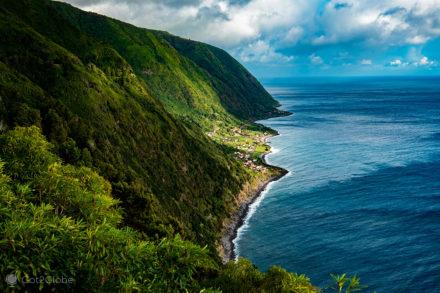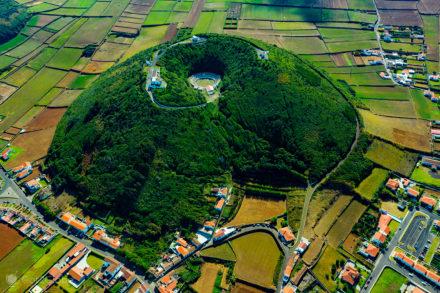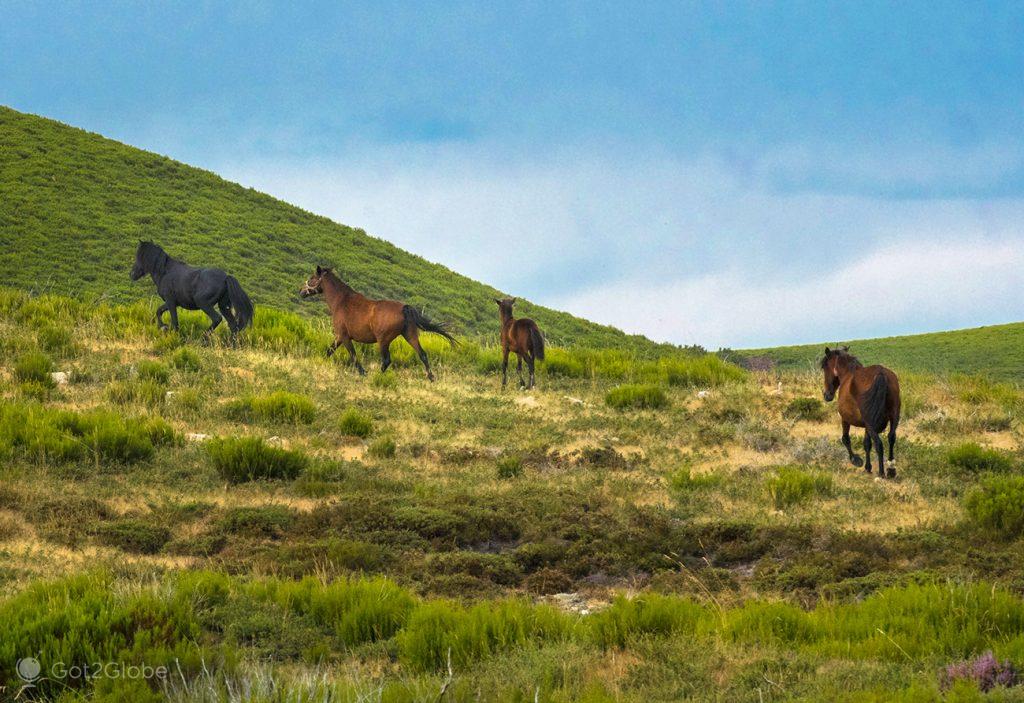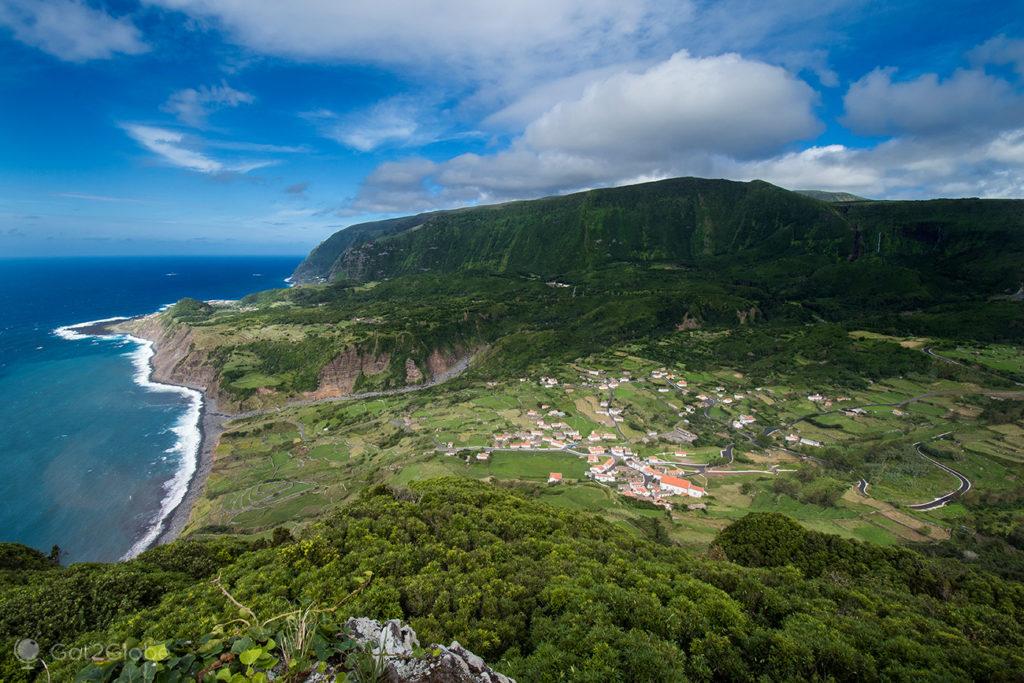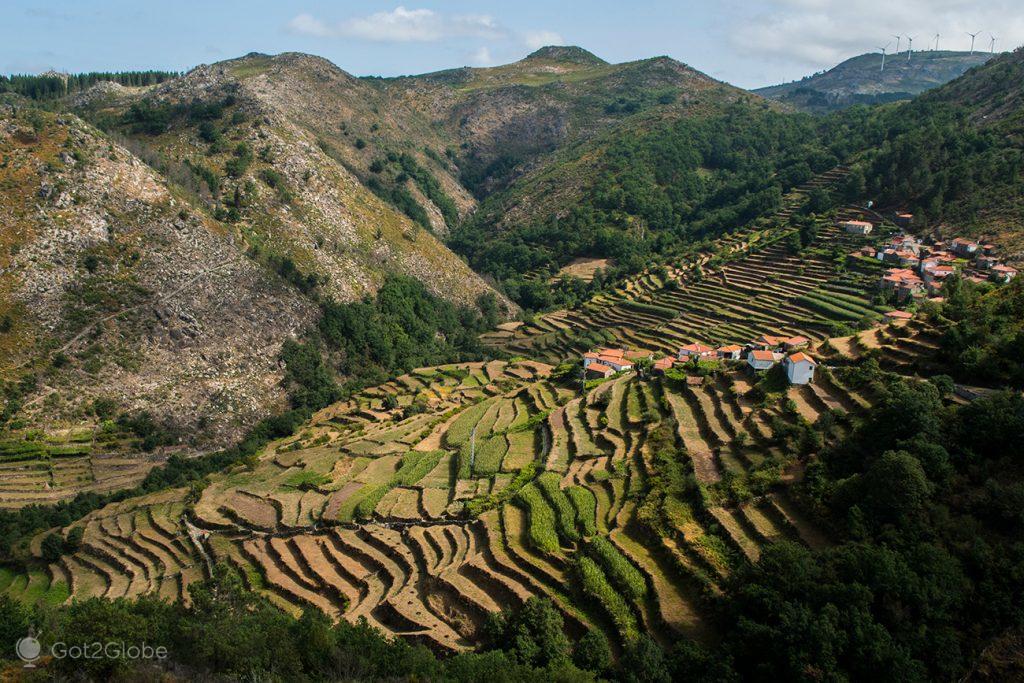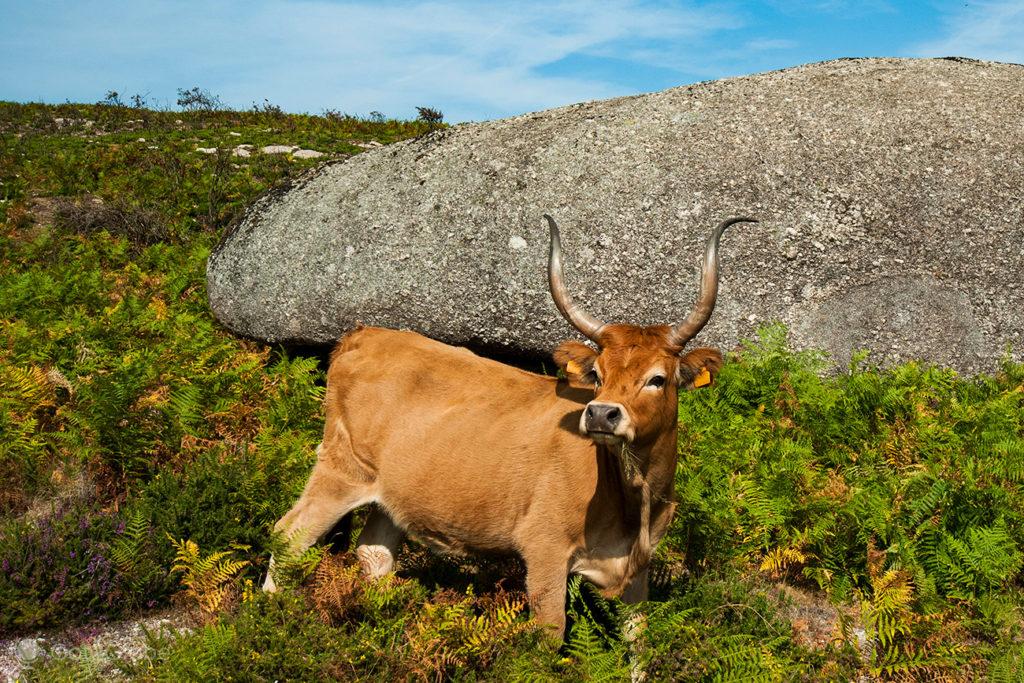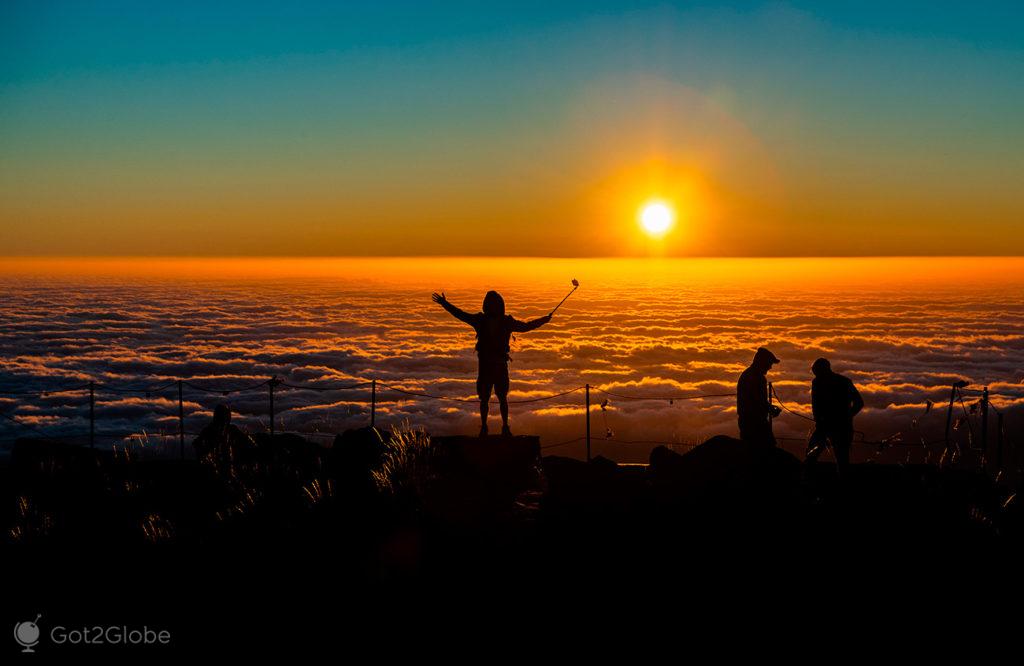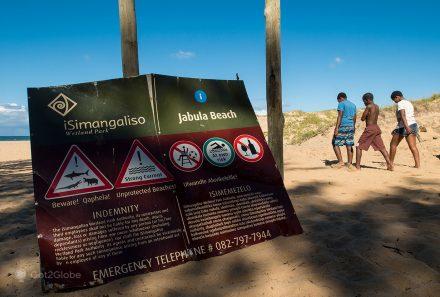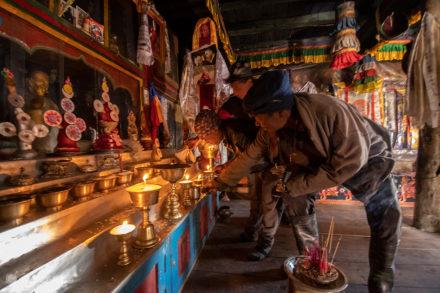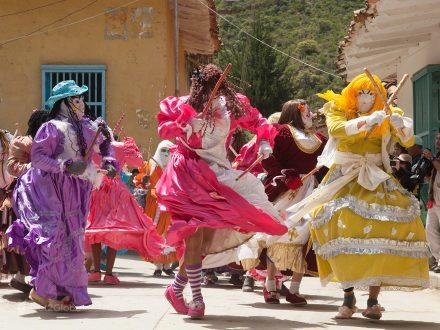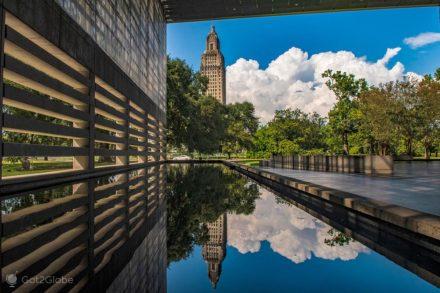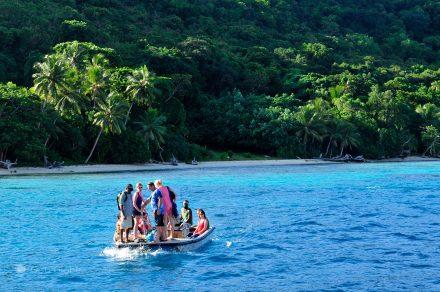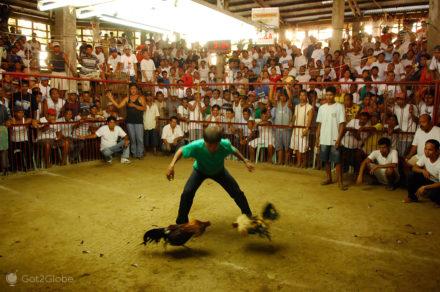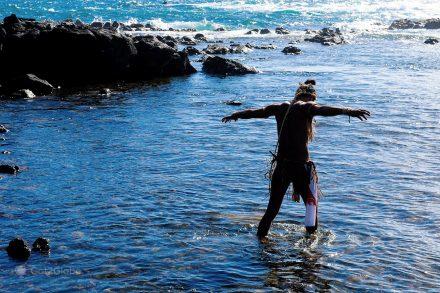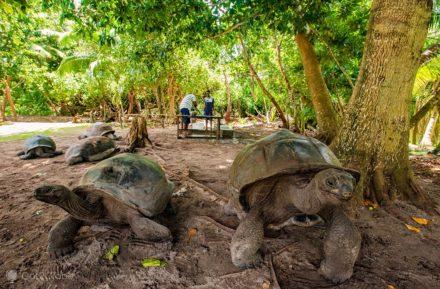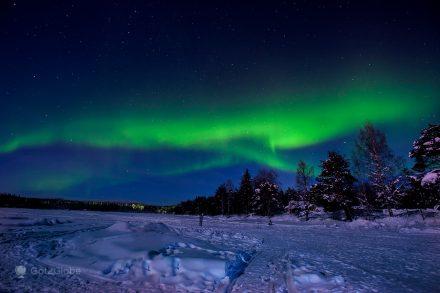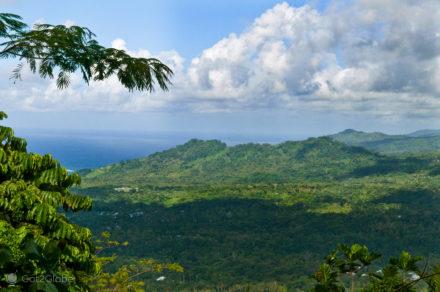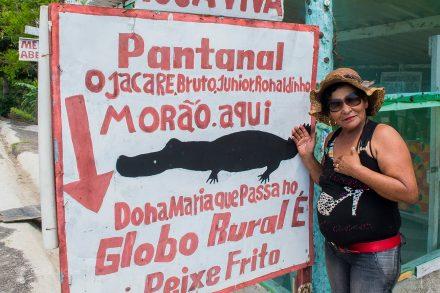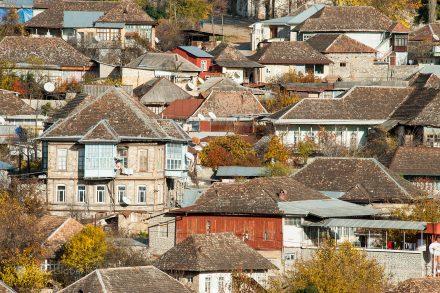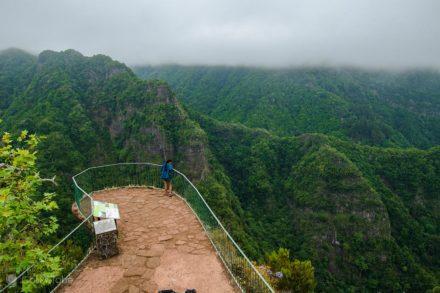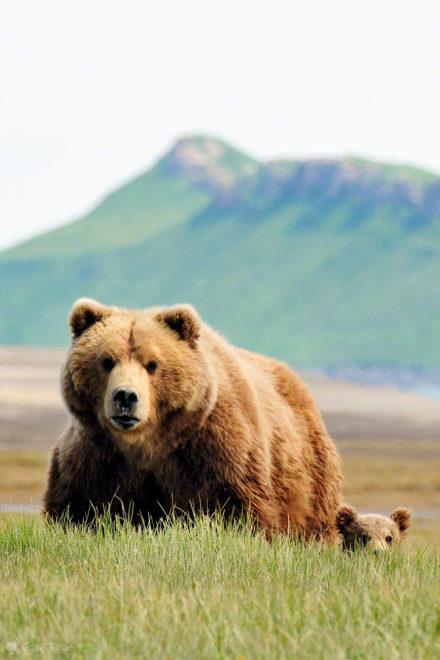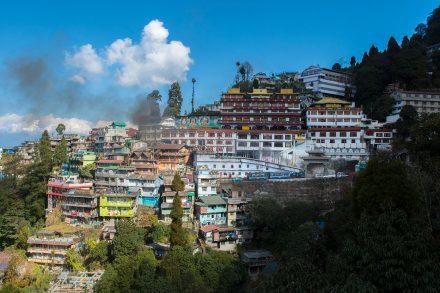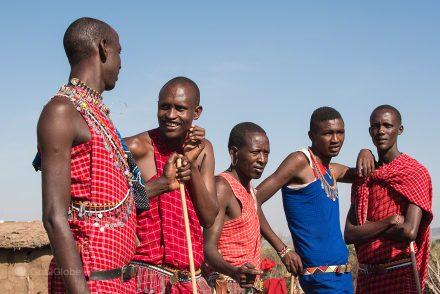The Night Ascent to Peak
It's just after three in the morning when Mónica Mota, from Epic gives us the starting signal for the roof of Portugal and Pico Island.
From then on, for more than three hours, guided by the guide's experience and in the light of the frontals, we snaked up the slope. We climbed, sometimes firm, sometimes slipping on the lava gravel that, here and there, covered the trail.
With backpacks heavier than we wanted on our backs, the steps quickly became painful. We disguised the discomfort and the effort it took to talk about everything we remembered.
We only knew Monica for a few steps. Conversation topics, such as breath and strength, we never lacked.
The ideal trail is marked by numbered markers. There are 45 to the top. At first, we have the feeling that they happen at a glance.
Gradually, his count seems to quantify the degree of disquiet for what remains until we set eyes on the last. “The first ones are more separate.” Mónica assures us in her reassuring tone.
Dawn Soaked on the Great Top of Pico Island
We arrived at the entrance to the great crater. A wild wind renews a dense fog and pelts us with icy, biting rain. It is under this meteorological massacre that we conquered the last meters to the supreme summit of Piquinho. After which we settled in, waiting for dawn.

Mónica Mota, mountain guide now residing in Pico, rests in the large crater, with Piquinho apparently smoking behind.
The sun rises. But it sprouted from behind a dense blanket of clouds that colored little or nothing. We kept as much shelter as possible from the gusts behind some rocks and over a fumarole that relieved us of a growing torpor.
We waited. Unable to photograph, we despaired and decided to descend back to the big crater. We sheltered from the weather in a lava pit the guides called a hotel.
We changed some clothes, drank hot drinks and regained energy for the return.
When we left the burrow, the clouds gave way to a radiant sun. We had been the only ones to climb at night and lingered on the summit. By that time, with the sun already well above the horizon, the first people who had left at dawn arrived.

View of the Atlantic and the neighboring island of Faial from the large crater of Pico volcano.
Renato, a guide who is about to complete his two thousand climbs to Piquinho, socialized for a moment with Mónica and urged us to return there.
Painful Return to Piquinho
Again on that eccentric top of Portugal, the great star warmed us and in sight.
Finally, he granted us the wonder we had deserved: all around, the green patches of the lower lands of the island of Pico and the dark blue of the Atlantic at our feet; on the other side of the channel, the familiar silhouette of Faial, the scenery over-fly and shadowed by a few fast clouds that, even so, had allowed themselves to be strayed.

Mónica mota descends the steep stretch of Piquinho to the large crater of Pico mountain.
As is usual in these mountain activities, the return to the foot of the slope proved to be as punishing as the ascent. But the pitch had given way to moving landscapes.
Other clouds, these trailing ones, also played in the shadows with the enveloping silver-black lava and with the undulating meadows to which we longed to return.
Entertained with that feast of the senses and with the countless stops to contemplate and photograph, we lost ourselves in time. We were about to enter the Mountain House that marked the end of the adventure when Monica called us to reality.
"Do you know what time it is?" asked us. “There are three again; three of the afternoon. You guys broke all the records, it never took me so long up there”. We had no idea.
What we did know was that the journey we had completed there proved to be unforgettable. We would be forever proud to have finished it and to be able to witness the beauty and magnificence of Pico Mountain.
The Origins and Geological Depths of Pico Island
Next to the others Azores islands, the island of Pico is newly born. The “date” of its formation has given rise to a heated debate based on a time span that goes from 250.000 years ago to a million and a half or two million years.
The theme is equally passionate about some young people from the Picoense Nucleus of the “Os Montanheiros” association who study the Gruta das Torres, the largest lava tube so far discovered in the Azores, with more than 5

Hostess helps to illuminate the longest known Azorean lava tunnel, with more than 5km, in the extension of the Gruta das Torres.
km long. We had already conquered the roof of the entire Portugal.
It seemed fair to us to descend into its depths.
We entered the cave and followed in the footsteps of the guide Luís Freitas and colleagues who, with lanterns in the air, showed us the different formations left by the cooling of the flowing lava, with names coming from where the phenomenon still abounds, the Hawaii.
We admired the lava marks 'a 'a e pahoehoe and a host of other millenary geological whims.
The Wine that Sprouts from the Lava of Pico Volcano
Back on the surface, we focused on the most unlikely product of the volcanism from Pico Island: the vines that the prodigious Pico people made proliferate there.

The countless corrals that the settlers on the island of Pico built to grow vines.
The first settlers settled on the island of Pico in the second half of the XNUMXth century, it is believed that after leaving herds of cattle in the first half.
They came, in large part, from the north of Portugal and arrived via Terceira island and Graciosa, islands on which they had previously settled.
At first, proliferating on the island of Pico seemed like a complicated mission. Over time, growing wheat proved viable.
The reinforcement of the production of pastel-dos-dyers and other plants used in the production of paints and dyes then exported to Flanders facilitated settlement. First in Lajes, then in São Roque.
At the time, many of the Azorean landowners residing in Horta, who were already producing wines in Faial and other islands, became owners of considerable portions of the island of Pico.
Pioneering Cultivations of Ecclesiastics
It is believed that it was a Franciscan known as Frei Pedro Gigante who planted the first vines of the Verdelho variety, with Mediterranean origins, but in that case, almost certainly brought from Madeira.
At the end of the XNUMXth century, the island of Pico produced wine in quantity and considered better than the other islands.

Vine and grapes supported by the basalt solidity of a wall.
In such a way that, a few years later, several owners spread their production in the western area, around the largest city on the island, Madalena, the closest village to Faial where we arrived from Horta.
The vineyards from the west of the island of Pico took over almost the entire area of Lajido de Santa Luzia and Criação Velha, this one, an area close to Madalena previously dedicated to cattle raising.
Its smallholdings (2 by 6 meters) delimited and protected from the wind and sea mist by countless basaltic stone walls are repeated downhill, almost to the edge of the Atlantic.
Inside these small volcanic greenhouses, which the producers called “corrals”, the vines and strains of happiness have sprung up for centuries.
Verdelho cultivation matured for two centuries on end and production reached 30.000 barrels a year. The local dry white liqueur wine has become the main source of income on the islands of Pico and Faial.
It ensured the prosperity of several families who built large manor houses and installed themselves in them to supervise production and export.
Pico Island wine reached Northern Europe, Brazil, the West Indies, Newfoundland and the United States.
Among its most powerful admirers were the Popes and Tsars of Russia.

Visitors from Pico explore the Frade mill, in Lajido da Criação Velha, Madalena.
Mill with a view of the Pico Velha Creation
We went up to one of the mills that the islanders erected to mechanize the milling of corn and wheat. From its red porch, we admire the vastness of Criação Velha, then much more gray than green. run through it Canada (paths) parallel.
A lady pushing a baby carriage, walks along the long, ocher floor that comes from the seashore and passes the base of the mill.

Pico inhabitant pushes a baby along one of the canadas (stone paths) that cross the Madalena vineyards.
We also took a look at the small shop installed on the other side of the mill's old mill and got to talk to Paula – who was in charge of the business – and her son Diniz. Of everything they had for sale, the bags of grapes immediately attracted us.
The harvest had ended a month ago. They would be one of the few grapes from the island of Pico that we would be lucky enough to taste.
But, it only took two or three berries for us to realize that they weren't exactly verdelho. We knew the strawberry. The same abundant strawberry tree in the region that is familiar to us from Lafões.
“They really are the last ones. The last ones of this year and, of this kind, that we will ever have. My father is about to exchange our vines. The regional government pays us to switch to quality varieties. Let's enjoy."
Oidium, Mildew and other Wine Setbacks on Pico Island
In the bygone days of glory and winemaking, the producers of the island of Pico went through troubled moments and had no one to support them. It ran 1852. A powdery mildew plague devastated the vineyards and production.
To avoid starvation, the people grew maize, potatoes and yams.
Fertile and weedy lands were never lacking. We witnessed this when we went up from Lajes do Pico to the highlands that we explored until the Cabeço do Geraldo Viewpoint and to the east, between endless pastures, in the Azorean manner, dotted with different types of cows.

Cows occupy a slope on the island of Pico high above Lajes do Pico.
Twenty years later, Isabel, another variety that was more resistant to pests, replaced the sedge, but the phylloxera that spread across Europe destroyed the new vines. Thousands of producers emigrated to the Brazil and for North America.
Those who stayed managed to control phylloxera.
They bet on maintaining the Isabel vines and, in certain bags that were ideal for winemaking, the Verdelha that generated the best wine. Even so, production was slow to recover from the damage caused by the pests.
In this context, at the end of the XNUMXth century, American whalers were present in the offshore waters. They introduced whaling.
This new economic activity remained the main industry of Pico Island until 1970. At that time, the Azores Winery Reconversion Plan came into action.

The countless corrals that the settlers on the island of Pico built to grow vines.
New varieties were cultivated on the island of Pico, ideal grapes for table wines. And the vines with the noblest varieties were recovered: Verdelho dos Açores, Arinto and Terrantez do Pico. Shortly thereafter, Pico Island wines returned to stardom.
In 2004, UNESCO classified the Protected Wine Landscape of the island of Pico as a World Heritage Site. This distinction contributed to highlight the geological and cultural exoticism of the island.
Today, Pico Island stands out high above the North Atlantic.
Similar to what has happened to the Azores in general, its fame has spread around the world.

Pink mushroom cloud crowns the summit of Pico mountain, the roof of Portugal, on the island of Pico
Article created with the support of the following entities:
Visit Azores
Epic
Azores Airlines
SATA
Source Village



















